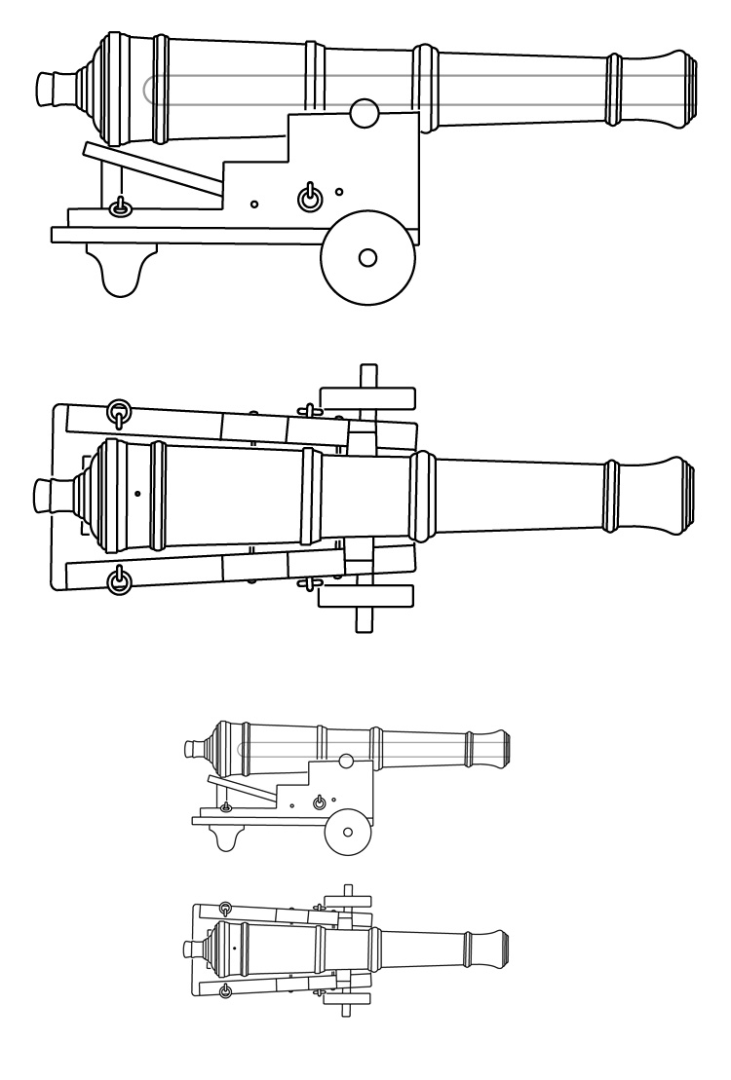-
Posts
13,288 -
Joined
-
Last visited
Content Type
Profiles
Forums
Gallery
Events
Everything posted by druxey
-

L'Amarante by marsalv - 1:36 - POF
druxey replied to marsalv's topic in - Build logs for subjects built 1501 - 1750
The amazing floating beams! That is a neat solution for positioning them. -

Royal Louis by fmartins - multi-media
druxey replied to fmartins's topic in - Build logs for subjects built 1751 - 1800
Full marks for perseverance and creative solutions. Not, perhaps, for stabbing yourself! Please always keep your fingers behind a cutting edge or point! -
Please read either: chrome-extension://efaidnbmnnnibpcajpcglclefindmkaj/https://thenrg.org/resources/Documents/articles/APrimerOnPlanking.pdf or: chrome-extension://efaidnbmnnnibpcajpcglclefindmkaj/https://thenrg.org/resources/Documents/articles/LiningOffYourHullPlankingTutorialAndFan.pdf Thern is so much information at your fingertips on this wonderful site!
-

Yet Another Pandora 3D build
druxey replied to herask's topic in CAD and 3D Modelling/Drafting Plans with Software
Nice start. Two points: One, that stem would be shored up well (propped) or is would stress the boxing joint and very likely fall over! Two: As for the rabbet line, it would become the bearding. You need a good book to reference for so much of the construction of one of these wooden ships.- 119 replies
-
But you really need to plan out all the planking runs first, or you will run planks at the bow down to points! The problem arises by running the garboard up the stem, as in the illustration above. It leaves insufficient space for all the other strakes, like crowded teeth. The only solution is to drop some strakes, which in most hulls is unnecessary. Do read the planking tutorials. It will save you a lot of grief.
-
Here is a 3-pounder of the period in two scales: The barrel was 4' 0" long. Hope this helps you, Ab!
- 77 replies
-
- Royal Yacht
- card
-
(and 1 more)
Tagged with:
-
Look at paintings of the day; there are no reef points. Bonnets were used only on larger ships until reef points were introduced.
- 82 replies
-
- Yacht Mary
- Mamoli
-
(and 1 more)
Tagged with:
-
That plane is certainly not a toy! I've been using mine for the past few days tapering planking. It works a charm.
- 167 replies
-
- Norwegian Sailing Pram
- Model Shipways
-
(and 1 more)
Tagged with:
-
A little bird tells me that there will be a book out later this year on all the Stuart Royal yachts, from Mary onward!
- 82 replies
-
- Yacht Mary
- Mamoli
-
(and 1 more)
Tagged with:
About us
Modelshipworld - Advancing Ship Modeling through Research
SSL Secured
Your security is important for us so this Website is SSL-Secured
NRG Mailing Address
Nautical Research Guild
237 South Lincoln Street
Westmont IL, 60559-1917
Model Ship World ® and the MSW logo are Registered Trademarks, and belong to the Nautical Research Guild (United States Patent and Trademark Office: No. 6,929,264 & No. 6,929,274, registered Dec. 20, 2022)
Helpful Links
About the NRG
If you enjoy building ship models that are historically accurate as well as beautiful, then The Nautical Research Guild (NRG) is just right for you.
The Guild is a non-profit educational organization whose mission is to “Advance Ship Modeling Through Research”. We provide support to our members in their efforts to raise the quality of their model ships.
The Nautical Research Guild has published our world-renowned quarterly magazine, The Nautical Research Journal, since 1955. The pages of the Journal are full of articles by accomplished ship modelers who show you how they create those exquisite details on their models, and by maritime historians who show you the correct details to build. The Journal is available in both print and digital editions. Go to the NRG web site (www.thenrg.org) to download a complimentary digital copy of the Journal. The NRG also publishes plan sets, books and compilations of back issues of the Journal and the former Ships in Scale and Model Ship Builder magazines.




